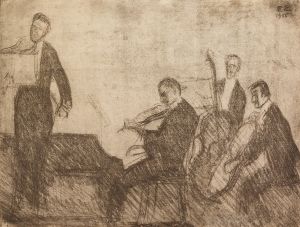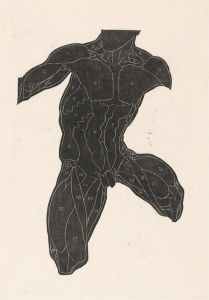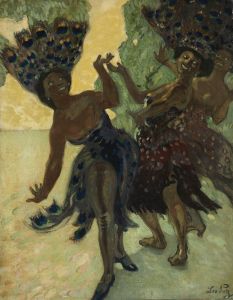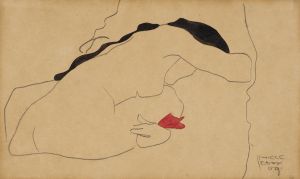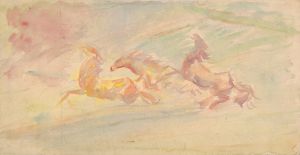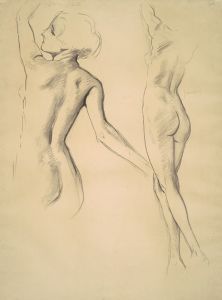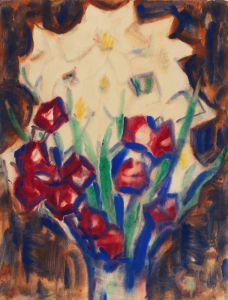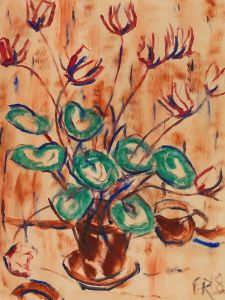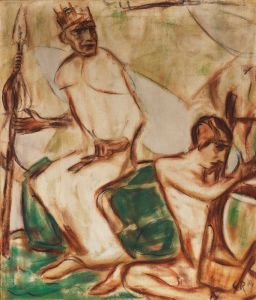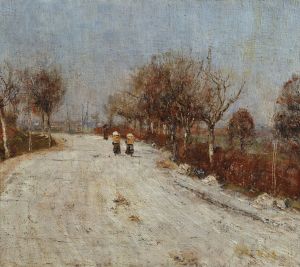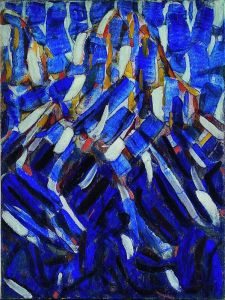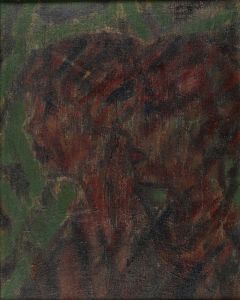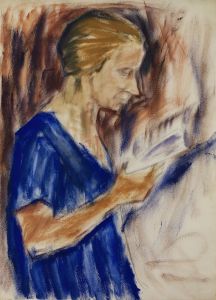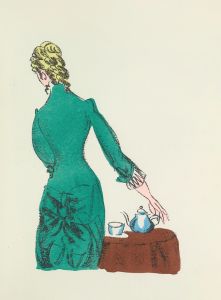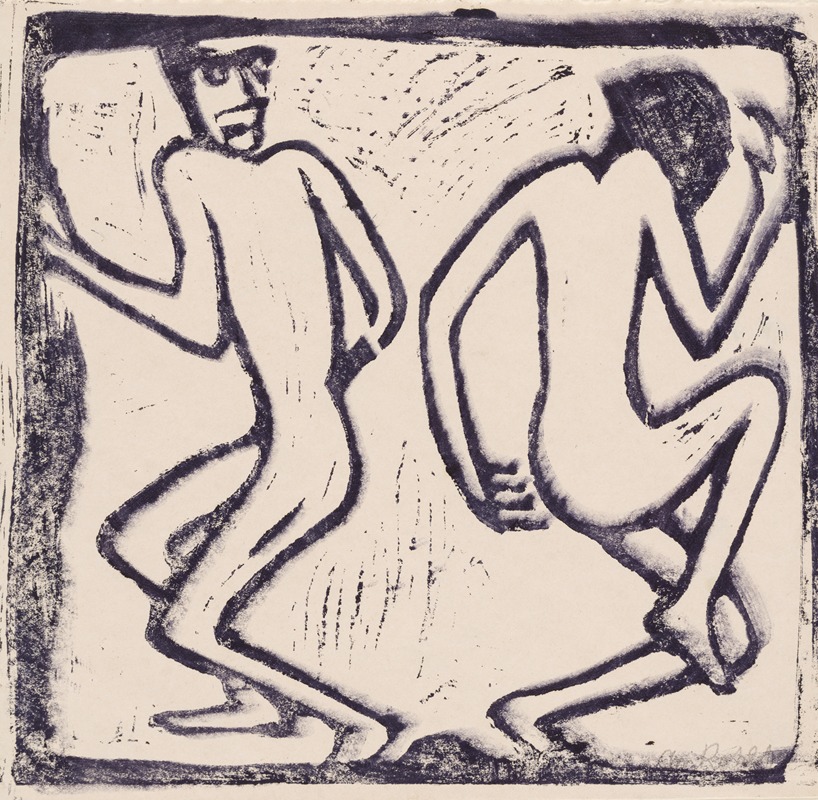
Two Dancing Figures
A hand-painted replica of Christian Rohlfs’s masterpiece Two Dancing Figures, meticulously crafted by professional artists to capture the true essence of the original. Each piece is created with museum-quality canvas and rare mineral pigments, carefully painted by experienced artists with delicate brushstrokes and rich, layered colors to perfectly recreate the texture of the original artwork. Unlike machine-printed reproductions, this hand-painted version brings the painting to life, infused with the artist’s emotions and skill in every stroke. Whether for personal collection or home decoration, it instantly elevates the artistic atmosphere of any space.
Christian Rohlfs was a prominent German painter known for his contributions to Expressionism. Born on December 22, 1849, in Niendorf, Germany, Rohlfs had a long and evolving career that saw him transition from Impressionism to a more expressive style that characterized his later works. His painting "Two Dancing Figures" is a notable example of his mature style, showcasing his interest in movement, form, and the emotional potential of color.
"Two Dancing Figures" exemplifies Rohlfs' fascination with the human form and its expressive capabilities. In this work, Rohlfs employs bold brushstrokes and a vibrant color palette to convey the dynamism and energy of dance. The figures in the painting are depicted in motion, their bodies intertwined in a way that suggests both harmony and tension. This interplay of forms is a hallmark of Rohlfs' work, reflecting his interest in capturing the essence of movement and emotion.
Rohlfs' journey as an artist was marked by significant changes in style and technique. Initially trained in a more traditional academic style, he was influenced by the Impressionists during his early career. However, it was his exposure to the avant-garde movements of the early 20th century that led him to embrace Expressionism. This shift is evident in "Two Dancing Figures," where the emphasis is on the emotional impact of the scene rather than realistic representation.
The painting is characterized by its use of color to evoke mood and atmosphere. Rohlfs often used contrasting colors to create a sense of vibrancy and intensity, a technique that is evident in this work. The figures are rendered in a way that emphasizes their fluidity and grace, with the background serving as a complementary backdrop that enhances the overall composition.
Rohlfs' work was not only influenced by his contemporaries but also by his personal experiences and the socio-political context of his time. Living through both World Wars, Rohlfs' later works often reflect a sense of introspection and a search for meaning amidst chaos. "Two Dancing Figures" can be seen as part of this broader exploration, capturing a moment of beauty and expression in a turbulent world.
Throughout his career, Rohlfs was recognized for his contributions to modern art. He was a member of the Berlin Secession and later the Prussian Academy of Arts. Despite facing challenges, including being labeled a "degenerate artist" by the Nazi regime, Rohlfs continued to create and exhibit his work until his death on January 8, 1938.
"Two Dancing Figures" remains an important part of Rohlfs' legacy, exemplifying his ability to convey complex emotions through simple yet powerful imagery. The painting is a testament to his skill as an artist and his commitment to exploring the depths of human experience through art. Today, Rohlfs' works are held in various collections and continue to be studied and appreciated for their contribution to the development of modern art.





